131 results in Cambridge Studies in Linguistics
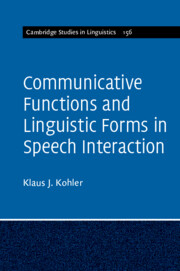
Communicative Functions and Linguistic Forms in Speech Interaction
-
- Published online:
- 13 October 2017
- Print publication:
- 26 October 2017

Compounds and Compounding
-
- Published online:
- 04 October 2017
- Print publication:
- 12 October 2017
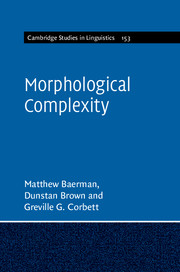
Morphological Complexity
-
- Published online:
- 13 July 2017
- Print publication:
- 22 June 2017

English Nouns
- The Ecology of Nominalization
-
- Published online:
- 11 October 2016
- Print publication:
- 26 September 2016
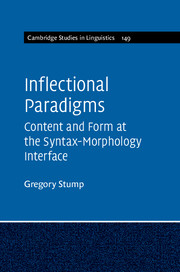
Inflectional Paradigms
- Content and Form at the Syntax-Morphology Interface
-
- Published online:
- 18 December 2015
- Print publication:
- 30 December 2015
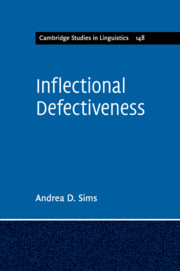
Inflectional Defectiveness
-
- Published online:
- 05 November 2015
- Print publication:
- 12 November 2015

Case
- Its Principles and its Parameters
-
- Published online:
- 05 August 2015
- Print publication:
- 19 February 2015
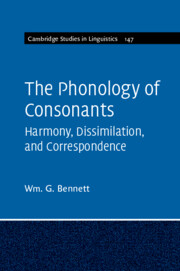
The Phonology of Consonants
-
- Published online:
- 05 April 2015
- Print publication:
- 30 March 2015

Categorial Features
-
- Published online:
- 05 December 2014
- Print publication:
- 04 December 2014

The Minimalist Program
- The Nature and Plausibility of Chomsky's Biolinguistics
-
- Published online:
- 05 October 2014
- Print publication:
- 16 October 2014

Elementary Syntactic Structures
- Prospects of a Feature-Free Syntax
-
- Published online:
- 05 October 2014
- Print publication:
- 09 October 2014

The Universal Structure of Categories
-
- Published online:
- 05 August 2014
- Print publication:
- 24 July 2014
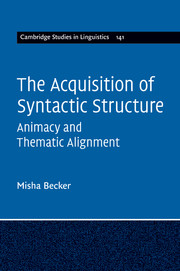
The Acquisition of Syntactic Structure
- Animacy and Thematic Alignment
-
- Published online:
- 05 July 2014
- Print publication:
- 03 April 2014

The Syntax of Imperatives
-
- Published online:
- 18 December 2013
- Print publication:
- 23 January 2014

Output-Driven Phonology
- Theory and Learning
-
- Published online:
- 05 December 2013
- Print publication:
- 21 November 2013

Morphological Typology
- From Word to Paradigm
-
- Published online:
- 05 June 2013
- Print publication:
- 11 July 2013
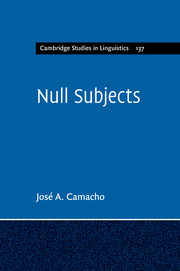
Null Subjects
-
- Published online:
- 05 April 2013
- Print publication:
- 25 April 2013
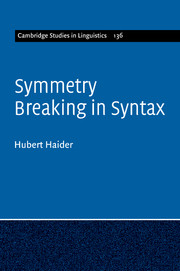
Symmetry Breaking in Syntax
-
- Published online:
- 05 February 2013
- Print publication:
- 13 December 2012

The Emergence of Meaning
-
- Published online:
- 05 November 2012
- Print publication:
- 30 August 2012

Objects and Information Structure
-
- Published online:
- 05 October 2012
- Print publication:
- 02 June 2011

